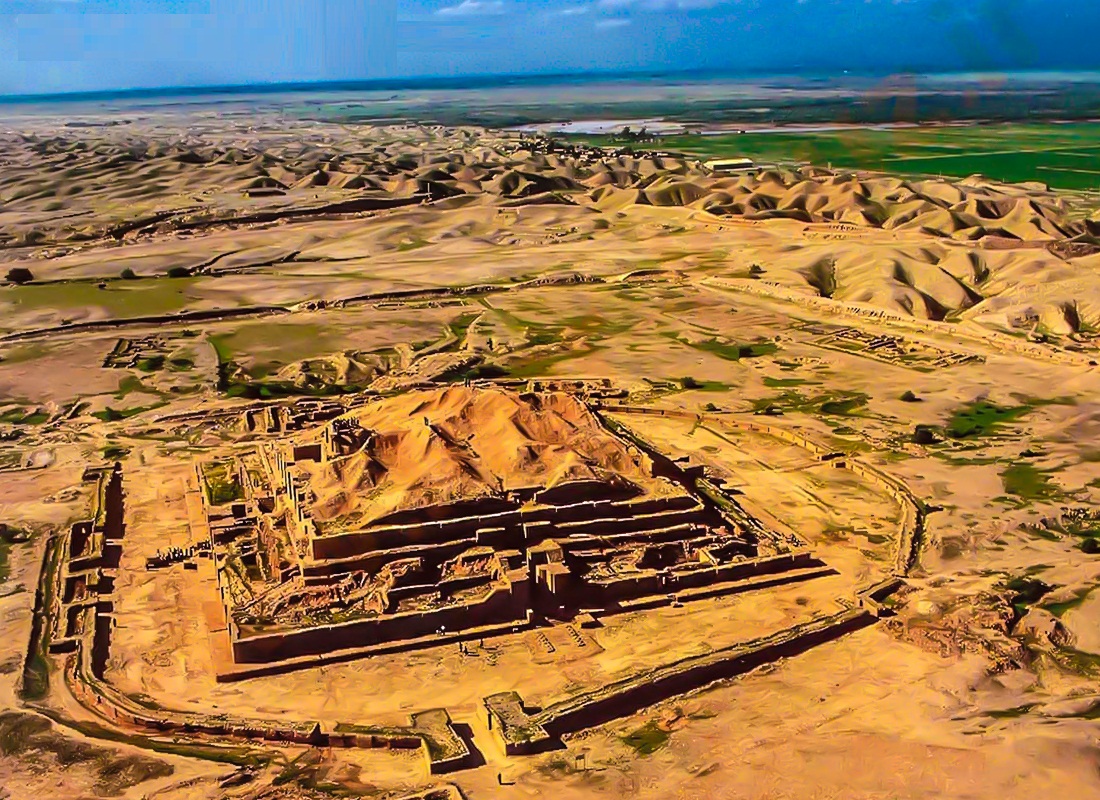The Khorramshahr wing of Iran’s Cultural Heritage, Handicrafts and Tourism Organization in Khuzestan Province holds today a meeting on the water drainage system at Chogha Zanbil, a UNESO World Heritage Center.
The scientific ‘Analysis on Architecture and Drainage System at Chogha Zanbil’ is organized on the occasion of International Archaeology Day, October 21, according to memarnews.com, a news website on architecture and urban development.
Located near the ancient city of Shush in the oil-rich region, the Chogha Zanbil archaeological site was inscribed on the World Heritage List in 1979.
The site is known for antiquity as the sacred city of Dur-Untash, built by the Elamite king Untash-Gal in the mid thirteenth century BC.
The Assyrians destroyed the city in 640 BC. Today, a huge mud-brick ziggurat dominates the site and three circular walls and the remains of temples, palaces, houses, tombs and other structures surround the ziggurat.
The site was excavated by a French archaeological mission under the direction of R. de Mecquenem in 1936-39, and again by Roman Ghirshman in 1950-62.
The unique site was in the Iran-Iraq war zone during the 1980s and took hits from the enemy on several occasions due to its close proximity to the border and for some period was under the enemy’s military occupation. It was subsequently liberated and the ziggurat was restored after the military hostilities ended in the fall of 1988.
After some heavy rainfall, a UNESCO emergency mission, led by Italian expert in restoration of earth architecture Eugenio Galdieri (1925-2010), visited the site in 1998. The mission’s report gave specific recommendations regarding the consolidation and drainage of the mud brick structure.
The condition of the site has significantly improved. This is mainly due to the technical collaboration deal signed by Iran, Japan and UNESCO officials. A joint project was initiated in April 1999 with the participation of several Iranian and foreign organizations. The results were remarkable, making the site one of the most important case studies for conservation management.
The meeting in Khorramshahr will be attended by two conservation experts Sajjad Pakgowhar and Najla Derakhshani. They will present a summary of their analyses on decay processes, localization of damages and geo-hydrological situations.


